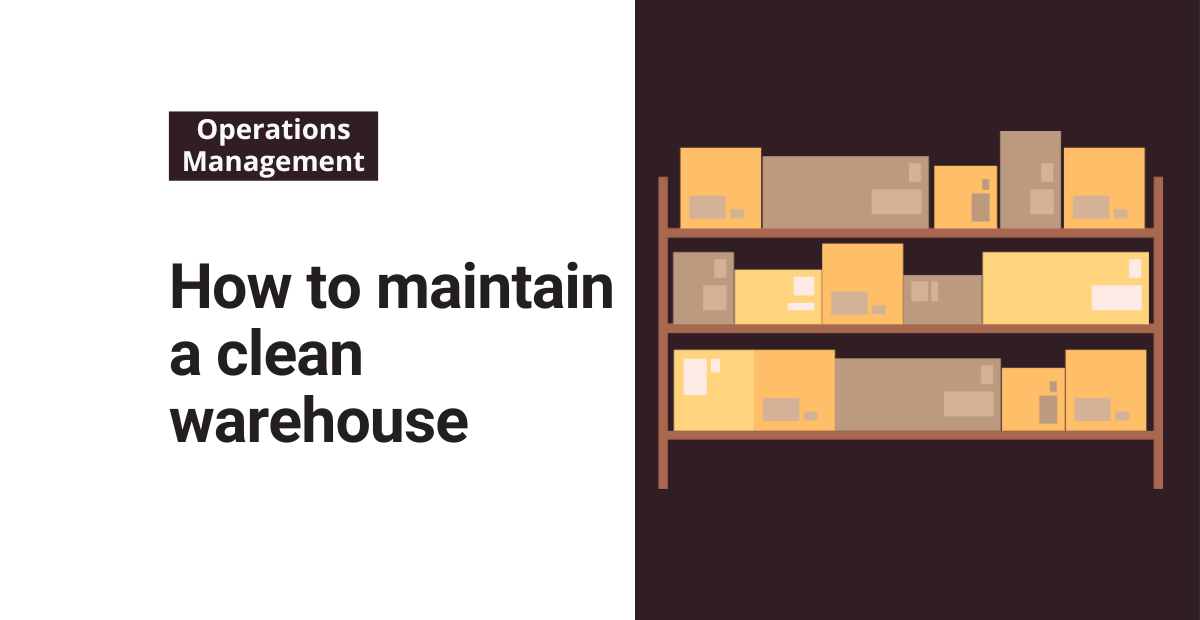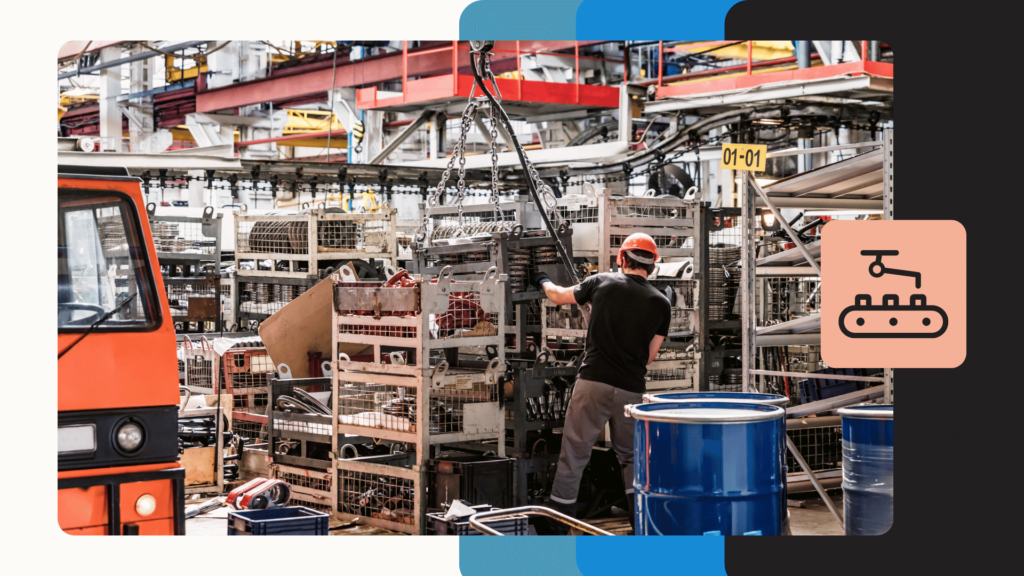Maintaining a clean warehouse is essential for ensuring the safety and efficiency of your operations. A dirty and cluttered warehouse can lead to accidents, lost or damaged inventory, and decreased productivity.
In my experience as a warehouse manager, policies only go so far in keeping workspaces clean. Leading by example is the best way to make a lasting impact.
These are my best tips for maintaining a clean warehouse from the leadership perspective. Some of them you can do on your own, but others will require buy-in from others. By implementing these strategies, you can improve the overall health and productivity of your warehouse.
Set your standards
The biggest problem I’ve seen with trying to keep a warehouse clean is inconsistency. If you don’t set a cleanliness standard, clutter and grime will accumulate quickly.
So, before transforming your warehouse, define your cleanliness standards. Here are some questions you can use to determine your expectations:
- To what degree are workers responsible for warehouse cleanliness?
- How much money are you willing to spend on cleaning services?
- Do you expect managers to enforce cleanliness policies?
- How often do you want deep cleaning to take place?
Like I said, if you don’t take the time to define your expectations, you probably won’t have much long-term success. If workers (and managers for that matter) aren’t motivated to form good habits, they’re not going to put in the effort to keep the warehouse clean.
Teach workers cleanliness during onboarding
Another really important step in this process is teaching workers good habits from the start. Warehouse workers are most impressionable in the first 1-4 weeks of the job. They’re learning the process and figuring out how the shift runs.
But once those first few weeks are up, they’ve already developed their routines and habits. If you want your team to value cleaning, you need to talk about it.
From safety training to standup meetings, reiterate how much you value a clean workspace. This, if nothing else, keeps the conversation about tidiness alive.
Address worker concerns
In the past, I had some really hard times trying to keep a warehouse clean. As a floor manager, I was right in between the expectations of upper management and gripes of my associates.
A common theme was that I would preach the importance of cleanliness and my team would immediately spiral into a massive discussion about the lack of consistency across shifts. And it wasn’t just my workers who felt that way. I felt it too.
Some teams didn’t care about cleaning, and it ruined the experience for other shifts. This not only led to a dirty warehouse, but it also created discontent among the workers who did care about keeping their spaces tidy.
The only initiatives that seemed to work were the ones that directly addressed worker concerns. After all, you can’t earn your team’s buy-in if they don’t believe the program will work.
Targeting the root cause
When discussing cleanliness, it’s important to acknowledge frustrations before you say anything else. Before you even think about writing someone up for a 5S violation, you better be sure that their habits are misaligned with the rest of the team.
Instead, you need to acknowledge the conditions that created the situation in the first place. Ask yourself:
- On an average day, is the warehouse in an acceptable condition?
- Does each shift follow a strict cleaning procedure, set forth in the warehouse policies?
- Are workers able to voice their needs when it comes to 5S support?
- Is upper management willing to invest in solutions if the current system fails?
If your answer is “no” to any of these questions, chances are you need to dive deep into the issues your workers are facing. Often, a dirty warehouse reflects inconsistent support and enforcement, not a building full of lazy people.
I have an entire post on how to write and enforce a workplace cleanliness policy which explains how you can formulate your approach. I’ve found that work areas stay clean when:
- The cleanliness rules are clearly defined
- Cleaning tools are accessible for workers to use
- Management sets an example
- 5S in the area encourages good habits
If you can ensure that these variables are in place, it will increase the sustainability of your warehouse cleaning approach.
Improve health and safety
By implementing a regular cleaning schedule, properly storing and organizing inventory, and involving all employees in the upkeep of the space, you can create a clean and safe environment for your team to work in. This will improve the overall health and productivity of your warehouse, as well as prevent accidents and damage to your inventory. Investing in the cleanliness of your warehouse will ultimately lead to a more successful and profitable business.




